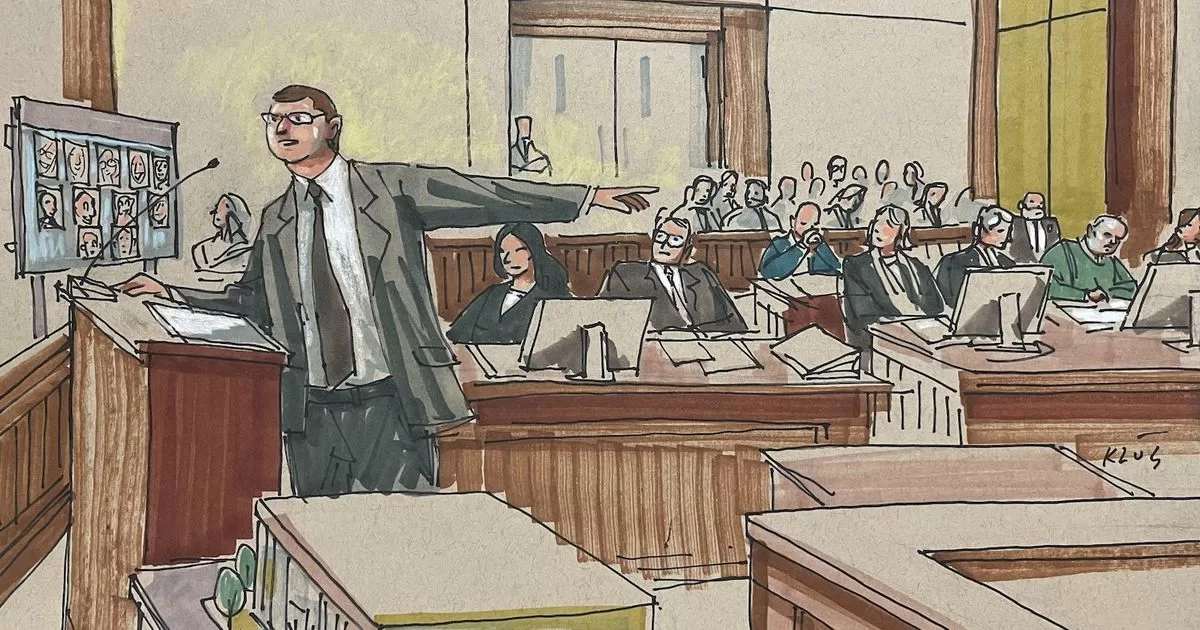what to know
- The new tolls were adopted by the MTA Board at its July meeting.
- Toll rates continue to vary depending on the type of vehicle and the bridge or tunnel crossed.
- Discounts will continue for qualifying Staten Island residents using the Verrazzano-Narrows Bridge and Rockaways and Broad Channel residents using the Cross Bay and Marine Parkway Bridges.
NEW YORK — The week began with a blow to the pockets of drivers using New York City’s bridges and tunnels as MTA-controlled tolls went up in price on Sunday.
The toll increase adopted by the Metropolitan Transportation Authority (MTA) Board on July 19 increases the discount offered to E-ZPass users, as had been proposed as “Option B”. The new tolls, which are expected to generate a 5.5% increase in toll revenue, were adopted by the MTA Board at its July meeting.
Under the new toll structure, customers using an E-ZPass managed by the E-ZPass NY Customer Service Center will be able to save 2% more than before compared to Toll by Mail customers.
Toll rates continue to vary depending on the type of vehicle and the bridge or tunnel crossed. For automobiles using the major MTA crossings, the Bronx-Whitestone, Robert F. Kennedy, Throgs Neck, and Verrazzano-Narrows bridges, and the Hugh L. Carey and Queens Midtown tunnels, the new toll rates are set at the following table.
| toll method used | current rate | Rate to Enter into Force in August 2023 |
| E-ZPass | $6.55 | $6.94 |
| Mid-tier rate* | $8.36 | $9.11 |
| tolls by mail | $10.17 | $11.19 |
Discounts will continue for qualifying Staten Island residents using the Verrazzano-Narrows Bridge and Rockaways and Broad Channel residents using the Cross Bay and Marine Parkway Bridges.
Continuation of periodic, incremental rate and toll adjustments that began in 2009
The increase in fares and tolls is a continuation of an MTA practice that began in 2009 in which small, predictable adjustments are made to fares and tolls every two years. Due to the impact of the pandemic on ridership, fare increases have been temporarily suspended in 2021. The 2023 toll and fee revenue increase is projected to generate $117 million in 2023. The five-year plan announced Monday July 17 assumes an additional 4% increase in 2025 and 2027.
Traffic has returned with the MTA bridge and tunnel crossings to or above pre-pandemic levels. Paid ridership on subways, buses, commuter rail, and paratransit continues to trend toward the midpoint scenario analyzed by consulting firm McKinsey, which has the MTA reaching 80% of its pre-pandemic ridership by 2027.





